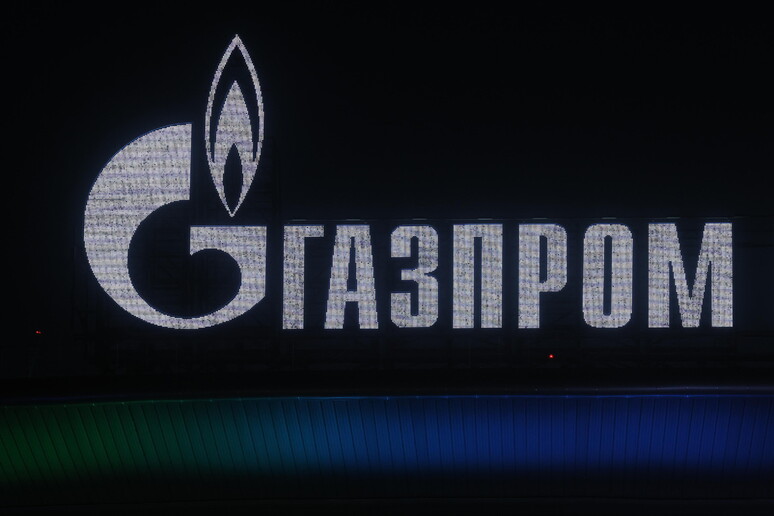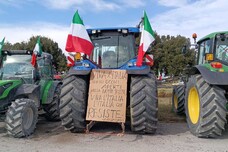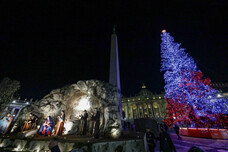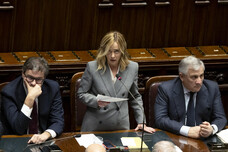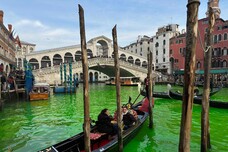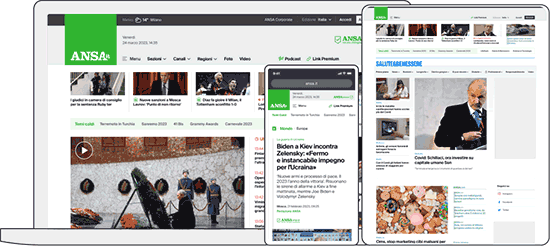France would face a heavy impact from
any move away from Russian LNG as it has five terminals for its
delivery in Europe. France increased its Russian LNG imports by
81 percent between 2023 and 2024, giving Russia 2.68 billion
Euro in income, according to the Institute for Energy Economics
and Financial Analysis.
In Spain, as of March, Russia was the third largest supplier of
natural gas, with 13.2 percent in the first quarter of the year,
behind Algeria and the United States, both with around 32
percent for the period.
The government said these LNG imports stemmed from "private
contracts" where it cannot intervene, but stressed that it
wanted to increase imports from other sources. Prime Minister
Pedro Sánchez said in Kyiv in February that both the government
and Spanish society had the "political will" to find suppliers
other than Russia.
Czechia's struggles exemplify the energy dilemma. While the
country is independent from Russian oil for the first time due
to the completion of the TAL pipeline as of April, it still
imports Russian gas, albeit indirectly.
In 2023 it declared total independence from Russian natural gas
and cut its imports to almost zero. Now it is importing at least
some Russian fuel via Slovakia, grid data show.
The flows highlight the challenge some nations face in curbing
their reliance on Russian fuel, even as they oppose the
Kremlin's war in Ukraine. Slovakia and Austria have been
importing large amounts of Russian gas, while the Czech Republic
and Italy receive it indirectly from their neighbours.
Bulgaria is exploring a range of options to diversify its energy
supplies - from oil and gas exploration in the Black Sea, to
cooperating with its neighbours Greece and Türkiye on gas
interconnectors, LNG terminals or gas transmission projects, as
well as working on increasing its share in renewable energy
generation.
The candidate country North Macedonia imports natural gas from
Russia through a single-entry point at the border with Bulgaria.
As part of diversification plans, a contract was recently signed
on the construction of a gas interconnector with Greece, which
is to boost integration into the European energy market.
One country that weaned itself off Russian gas is Croatia. It
completed the construction of a floating LNG terminal on the
island of Krk in January 2021. This move diversified its gas
supply and stopped being dependent on imports from Russia.
Today, Croatia imports liquefied gas mostly from the United
States, followed by Nigeria, Qatar and Egypt. The terminal not
only meets Croatia's gas needs, but can also supply its
neighbours.
With plans to expand the hub and upgrade gas pipelines, Croatia
wants to turn itself into a regional energy hub.
Opening the door for more LNG supplies from the US could also
help Brussels to ease trade tensions with US President Donald
Trump. With 45 percent in 2024, the US is already the EU's
largest supplier of LNG, followed by Russia (20 percent). Trump
in April advanced the figure of 350 billion dollar (309 billion
Euro) in additional energy purchases.
The Commission said it aims to rely on suppliers ranging from
the US, to Norway, Qatar or North African nations. At the same
time it needs to keep an eye on consumers.
Rising energy prices remain a politically sensitive topic and
the Commission will have to navigate the spectre of another gas
price surge like in 2022 if it wants to pull off the plans laid
out in the Roadmap.
This article is published twice a week. The content is based on
news by agencies participating in the enr, in this case AFP,
ANSA, BTA, CTK, dpa, EFE, Europa Press, HINA, MIA, and TASR.
ALL RIGHTS RESERVED © Copyright ANSA
